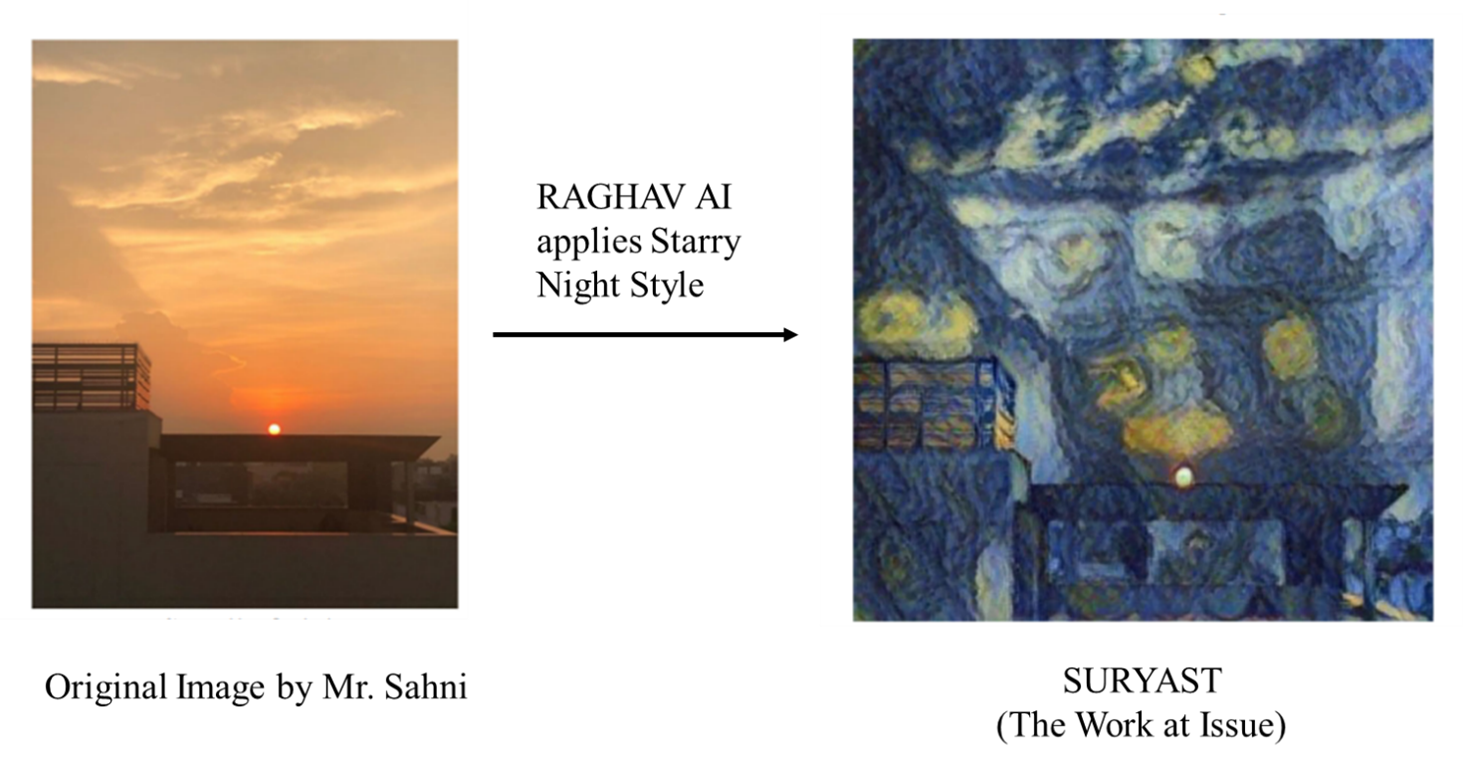The US Court of Appeals for the Federal Circuit reversed and remanded a district court’s claim construction and related summary judgment rulings after determining that the district court erred in construing a claim term by improperly limiting the plain and ordinary meaning of the term. K-fee System GmbH v. Nespresso USA, Inc., Case No. 22-2042 (Fed. Cir. Dec. 26, 2023) (Taranto, Clevenger, Stoll, JJ.)
K-fee filed a lawsuit against Nespresso alleging infringement of three K-fee patents directed toward coffee machine portion capsules that use a barcode. The district court issued a claim construction order construing the term “barcode,” which was present in every asserted claim. In the claim construction order, the district court characterized the dispute as “whether statements made by K-fee System GmbH . . . before the EPO [European Patent Office] concerning the meaning of ‘barcode’ should influence the plain and ordinary meaning of that limitation in these proceedings.”
In the EPO, Nespresso’s foreign affiliate had challenged the validity of K-fee’s related European patent, and K-fee had responded seeking to distinguish a particular piece of prior art (Jarisch/D1). Because the statements made to the EPO were submitted to the US Patent & Trademark Office during prosecution of the asserted patents, the district court analyzed the statements as part of the intrinsic record. The district court concluded that K-fee had “argued strenuously before the EPO for a particular ‘plain and ordinary meaning,’ which excluded ‘bit codes’—codes made up of two binary symbols.” Based on the EPO submissions, the district court construed the claim term “barcode” to:
its plain and ordinary meaning (i.e., a code having bars of variable width, which includes the lines and gaps), the scope of which is understood by the clear and unequivocal statements K-fee made to the EPO (i.e., the scope of barcode does not include the type of bit code disclosed in Jarisch/D1).
Based on that construction of “barcode,” Nespresso moved for summary judgment of noninfringement. It argued that its accused products operated identically to Jarisch capsules, which K-fee distinguished before the EPO, since both use a machine-readable code with only two binary symbols. The district court agreed. When applying its construction at summary judgment, the district court clarified that using “the type of bit code disclosed in Jarisch” … means “a binary code containing only ‘0s’ and ‘1s.’” Thus, the district court read K-fee’s EPO statements “to mean that a barcode must ‘contain more than only two binary symbols’ and, by extension, that any code that contains only two binary symbols could not be a barcode.” Because the court found that “there was no dispute that Nespresso’s accused products used a code having only two symbols,” it granted Nespresso’s motion for summary judgment of noninfringement. K-fee appealed.
Considering the issue de novo, the Federal Circuit reviewed K-fee’s statements to the EPO in context and disagreed “that the ordinary meaning of ‘barcode’ excludes ‘bit codes’ (in some sense, two-value codes) or even bit codes of ‘the type . . . disclosed in Jarisch’ to [...]
Continue Reading
read more

 Subscribe
Subscribe



